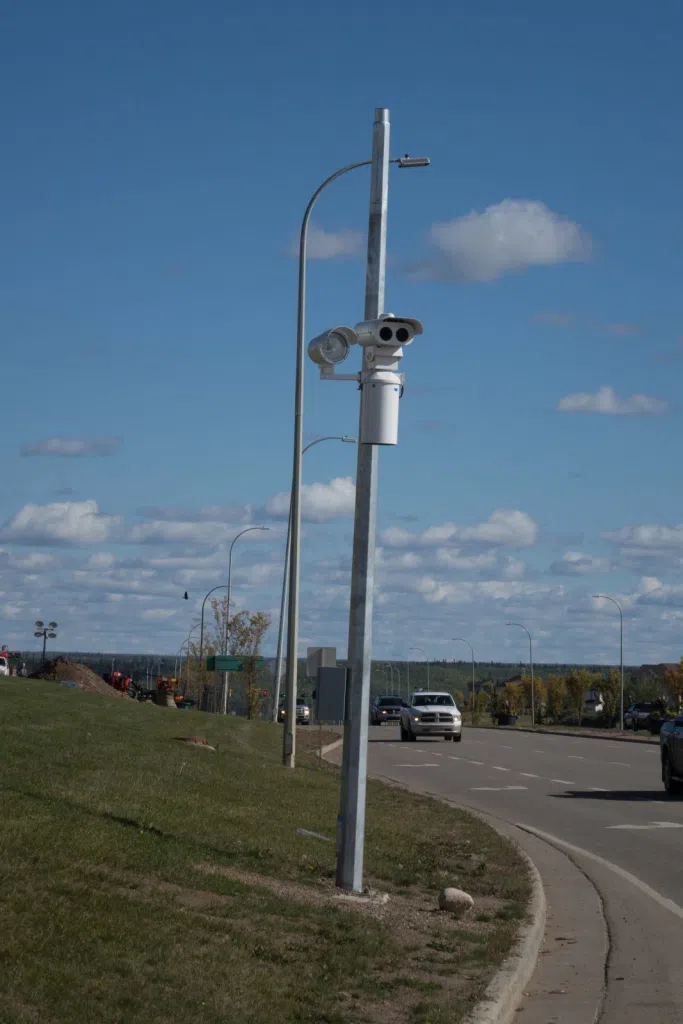
Alberta Moving Ahead with Photo Radar Cuts, Creates $13 Million Traffic Safety Fund
Alberta is dramatically scaling back its use of photo radar, restricting Automated Traffic Enforcement (ATE) to specific areas while introducing a new $13-million Traffic Safety Fund to help municipalities improve high-risk intersections.
On April 1, the province will also ban photo radar on numbered highways and connector roads and will eliminate “speed-on-green” cameras, limiting intersection safety devices to red-light enforcement only. Photo radar will only be allowed in school zones, playgrounds, and construction zones.
“We have officially killed the photo radar cash cow and the revenue-generating ‘fishing holes’ that made Alberta the biggest user of photo radar in Canada,” said Devin Dreeshen, Minister of Transportation and Economic Corridors.
“The updated guideline will ensure that photo radar is used for safety only. The new provincial traffic safety fund will support municipalities in physical improvements at key intersections, helping to reduce traffic risks and enhance safe roads.”
For years, Alberta led the country in the number of ATE locations, a system critics claimed served more as a revenue source than a public safety tool. The changes follow a comprehensive review of existing photo radar sites and a commitment to restore public trust in the program.
The new Traffic Safety Fund will provide $13 million over three years to help municipalities install physical safety measures in high-collision areas. The funding will roll out in stages: $1 million in 2025-26, $2 million in 2026-27, and $10 million in 2027-28.
Municipalities seeking to maintain photo radar outside the newly designated zones can apply for an exemption by demonstrating a high frequency and severity of collisions at a specific location. Approved sites must be audited every two years to assess the effectiveness of ATE in reducing crashes.
Several leaders welcomed the change to targeted traffic safety measures.
“This shift ensures that photo radar is used where it matters most,” said Tim Cartmell, Pihêsiwin councillor for the City of Edmonton. “Traffic enforcement should be about protecting people, not generating revenue.”
Dan McLean, Ward 13 councillor for the City of Calgary, echoed the sentiment. “Shifting photo radar to playgrounds and construction zones enhances safety where it matters most – protecting our children and workers on Calgary’s roads,” McLean said. “I’m proud to back this important step toward safer communities.”
The updated ATE Technology Guideline also introduces new requirements for equipment testing and maintenance, data collection and reporting, and public communication of photo radar locations.
Alberta first introduced photo radar in 1987. With these changes, the province will move from having the most ATE sites in Canada to among the fewest. The Regional Municipality of Wood Buffalo eliminated photo enforcement entirely in December 2023.





Comments